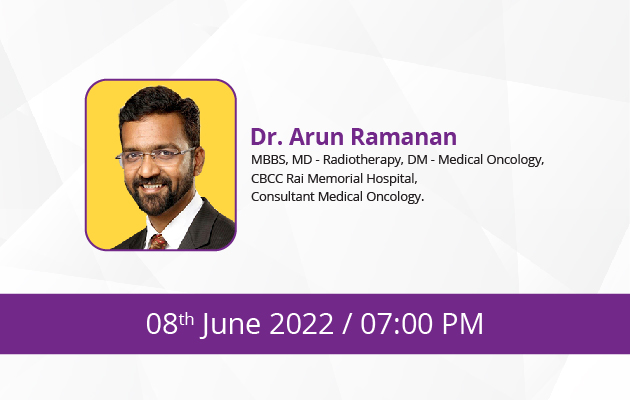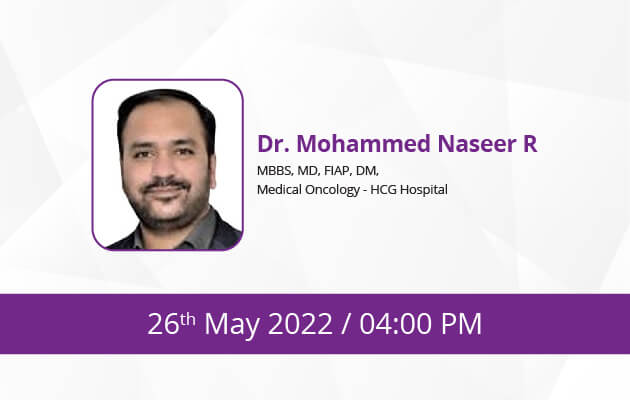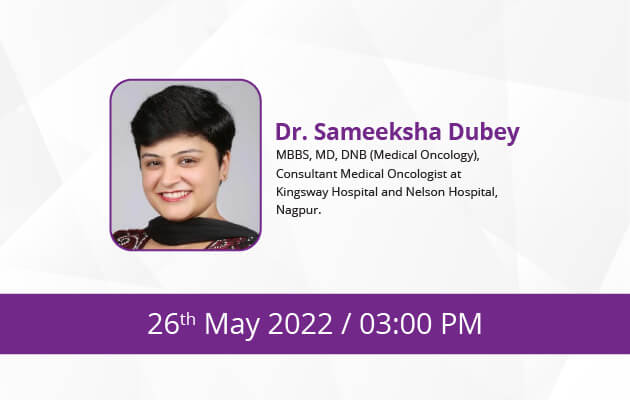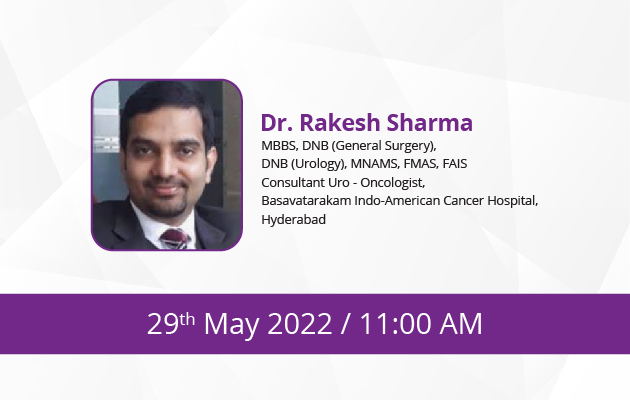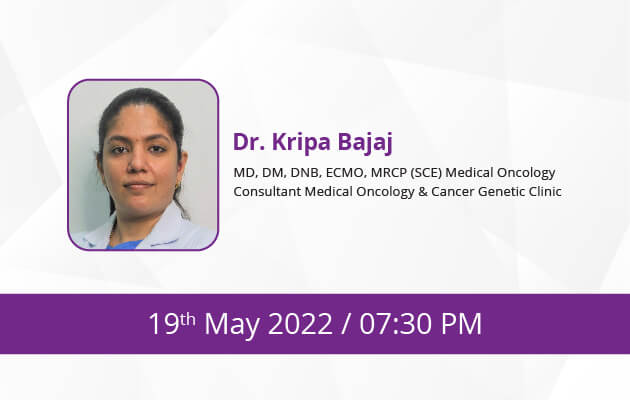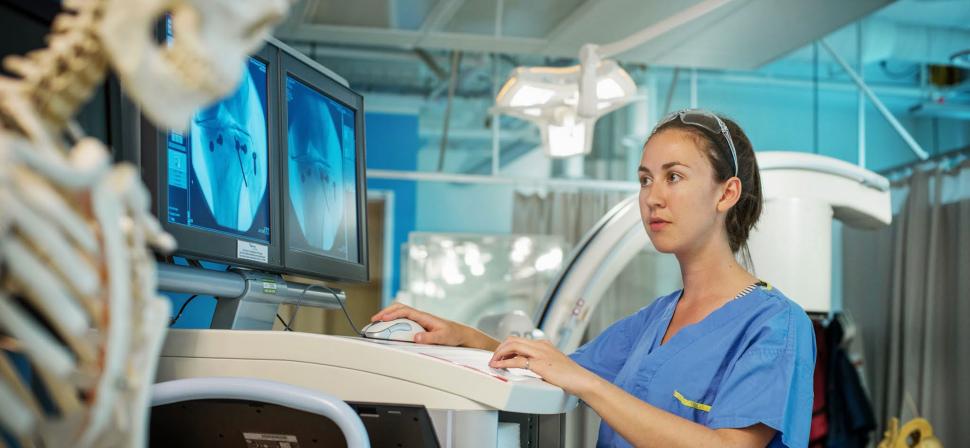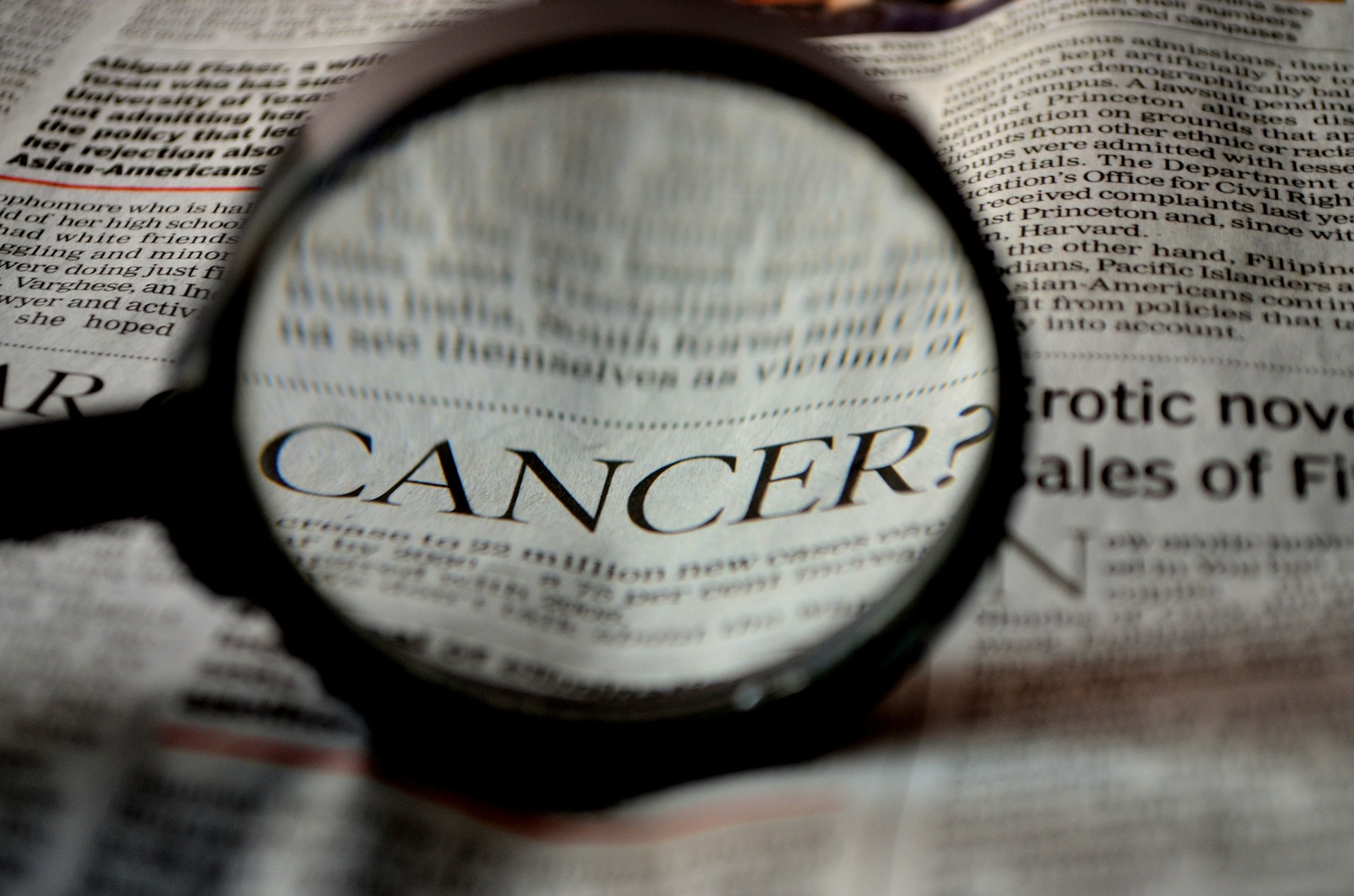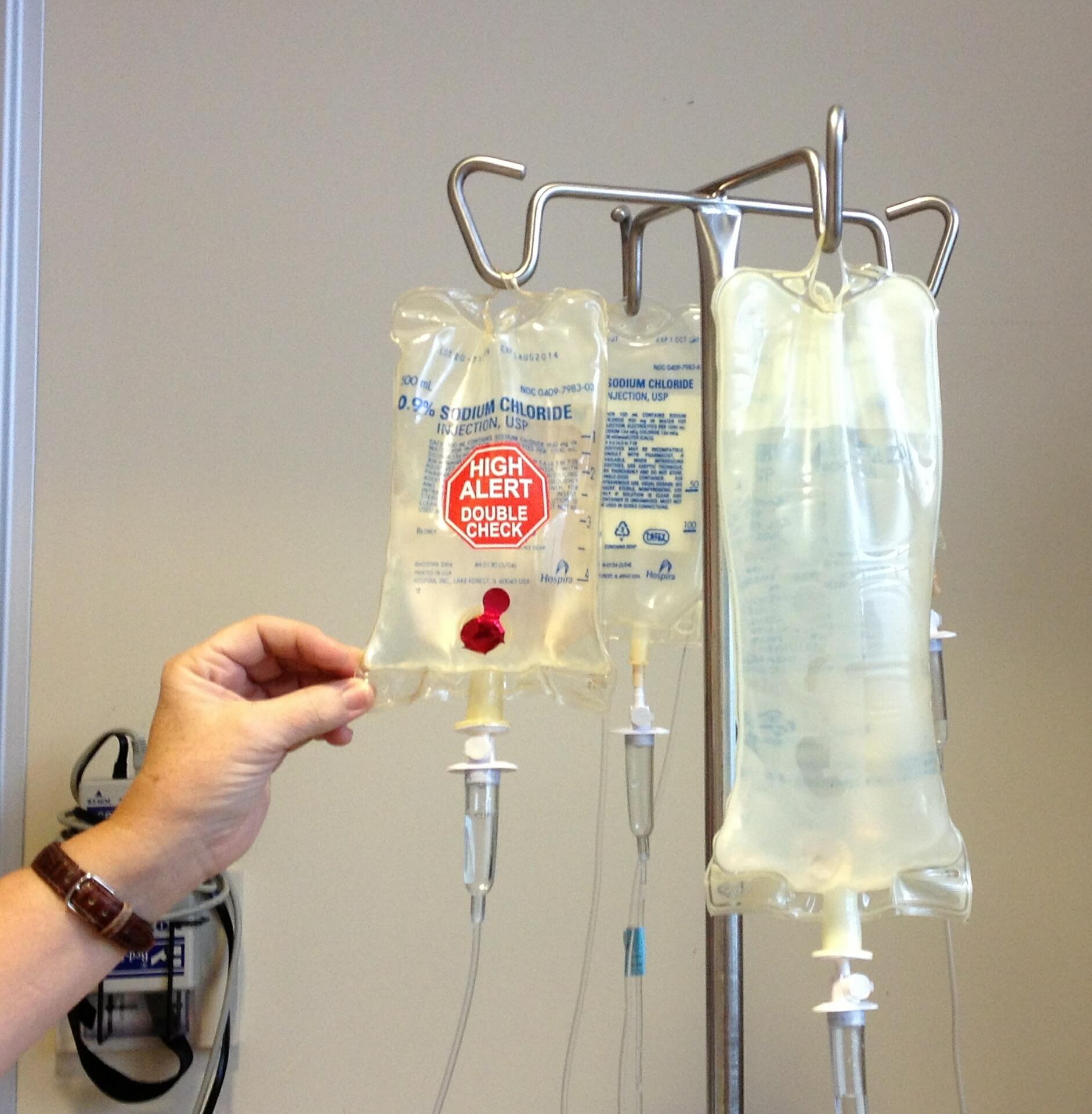
World Brain Tumor Day: Brain Tumors Are Asymptomatic Until Large Size
Every year 8th of June is observed as World Brain Tumor Day. This initiative was taken by German Brain Tumor Association and is now celebrated internationally to raise awareness and educate people about the brain tumor. World Brain Tumor Day helps motivate and showcase their bravery against it. Brain tumors has been increasing in all ages in recent decades. The highest incidences have been found in Europe, Canada, the United States, and Australia. A brain tumor is a collection, or mass, of abnormal cells in your brain. Your skull, which encloses your brain, is very rigid. Any growth inside such a restricted space can cause problems. Brain tumors can be cancerous or non-cancerous. A brain tumor grow in the brain and be unnoticed for a long period of time.
Symptoms of brain tumors depend on the location and size of the tumor. Some tumors cause direct damage by invading brain tissue and some tumors cause pressure on the surrounding brain. You’ll have noticeable symptoms when a growing tumor is putting pressure on your brain tissue. Brain tumors are categorized as primary or secondary.
The outlook for a brain tumor will depend on: The type of tumor, the size of the tumor, the location of the tumor, your general health. Early treatment can prevent complications that can occur as a tumor grows and puts pressure on the skull and brain tissue.
Primary brain tumors.
Primary brain tumors originate in your brain. They can develop from your:
- Brain cells
- Nerve cells
- Glands
Primary tumors can be non-cancerous (benign) or cancerous (malignant).
Secondary brain tumors.
Secondary brain tumors make up the majority of brain cancers. They start in one part of the body and spread, or metastasize, to the brain. The following can metastasize to the brain:
- Lung cancer
- Breast cancer
- Kidney cancer
- Skin cancer
Secondary brain tumors are always malignant. Benign tumors don’t spread from one part of your body to another.
Diagnosis:
- Neurological Examination
- PET Scan
- Cerebral Angiogram
- Functional MRI
- MRI Spectroscopy
- Perfusion MRI
In brain tumor care, different types of doctors often work together to create a patient’s overall treatment plan that combines different types of treatment. Treatment options include surgery, radiation therapy, chemotherapy, targeted biological agents, or a combination of these. Surgical resection (if safe) is generally the first treatment recommendation to reduce pressure in the brain rapidly. A new study has revived hope for the role of immunotherapy.

